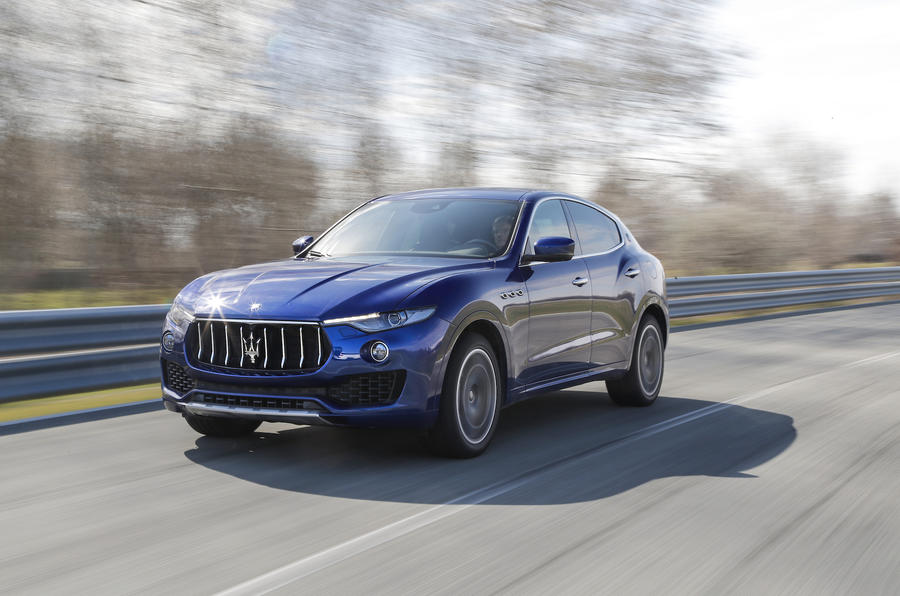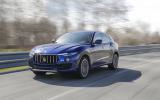What is it?
This is Maserati’s long-promised SUV, a model it first displayed an intent to build long ago with the 2003 Kubang concept, a shapely V8-powered crossover designed by Giorgetto Giugiaro. That car never made it, but in 2011 Maserati unveiled another Kubang, this version based on Jeep mechanicals and promised for early 2014. In the event, it has taken five years rather than three to realise this car, and it’s (wisely) based on Maserati rather than Jeep hardware. It’s also produced in Italy rather than the US, as originally mooted, in a refitted portion of Fiat’s huge Mirafiori plant in Turin.
It arrives in time for a flurry of SUVs from unlikely brands, including the Bentley Bentayga, Jaguar F-Pace and the budget MG GS. It’s aimed at the Porsche Cayenne (the grand-daddy of SUVs from unlikely sources) both as a sales and a dynamic target. So it’s big, but doesn’t look it, and expensive, but not as expensive as you’d expect of a car from a blue-blooded brand. The UK launch price is expected to be less than £55,000, pitching the 271bhp diesel V6 between the 258bhp Cayenne V6 diesel and the 380bhp Cayenne V8 diesel. It’s cheaper than all versions of the Range Rover Sport, most of the Mercedes GLE and Volvo XC90 ranges, if not the Audi Q7.
Although the specifications of the UK market Levante have yet to be determined, its core mechanical make-up is impressive for including self-levelling, height-adjustable air springs and electronic dampers, torque vectoring, a limited-slip rear differential and a hybrid materials bodyshell. Despite carrying an extra opening for its tailgate, the Levante’s body is 20% stiffer than the Ghibli’s in recognition of its need to go off-road.
The forward understructure and front suspension towers are aluminium, as are the bonnet, doors and most of the tailgate while magnesium is used for the cross-car beam. The diesel weighs in at 2205kg, however – more than the steel-bodied 2009kg Volvo XC90 D5 and the aluminium-shelled 2115kg Range Rover Sport TDV6, if not the aluminium 2245kg Audi Q7.
Only the 271bhp VM Motori V6 diesel will be offered in the UK; this is an update of the engine offered in the Maserati Ghibli and Maserati Quattroporte, but other markets will get two twin turbo petrol V6s of 345bhp and 424bhp.























































Join the debate
Add your comment
Disappointing
By the way
Appears to broadly resemble a Murano...